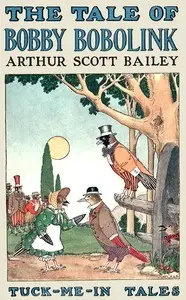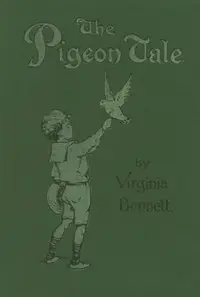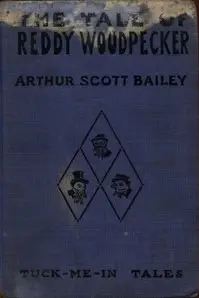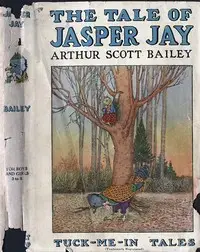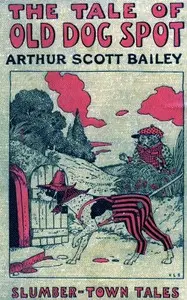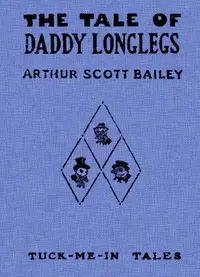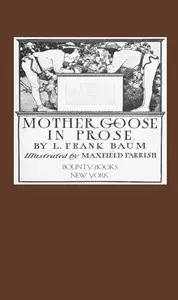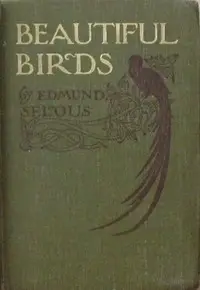** "The Tale of Rusty Wren" by Arthur Scott Bailey is a heartwarming story for young readers that came out in 1917, and it's all about the adventures of Rusty Wren and his family. The story follows Rusty as he tries to find the perfect home near Farmer Green’s place. They end up in a tin can, where Rusty happily sings to wake up the farmer every morning. But things get a little tricky when Farmer Green brings home a cuckoo clock, making Rusty jealous of his singing job. On top of that, Rusty has to deal with a pesky blue jay and the surprises of having hired help around. Through it all, the tale highlights the value of family and friends as Rusty navigates the ups and downs of being a dad in his lovely woodland community. **
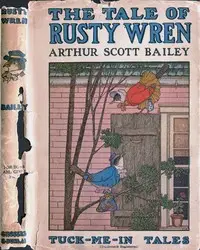
The Tale of Rusty Wren
By Arthur Scott Bailey
** A little bird's cozy life takes a turn when a noisy clock arrives, testing his role and friendships in a charming countryside world.
Summary
About the AuthorArthur Scott Bailey was an American writer. He was the author of more than forty children's books. He was born in St. Albans, Vermont, United States, the second child of Winfield Scott Bailey and Harriet Sarah Goodhue. Winfield Bailey owned a dry goods shop that was stated to be "one of the most reputable of St. Albans mercantile concerns" and specialized in furs; namely ladies' fur coats, muffs and scarves. Bailey attended St. Albans Academy and graduated in 1896, in a class of only eleven other students. He then went on to the University of Vermont in Burlington, Vermont, where he became involved in a fraternal organization, Sigma Phi.
Arthur Scott Bailey was an American writer. He was the author of more than forty children's books. He was born in St. Albans, Vermont, United States, the second child of Winfield Scott Bailey and Harriet Sarah Goodhue. Winfield Bailey owned a dry goods shop that was stated to be "one of the most reputable of St. Albans mercantile concerns" and specialized in furs; namely ladies' fur coats, muffs and scarves. Bailey attended St. Albans Academy and graduated in 1896, in a class of only eleven other students. He then went on to the University of Vermont in Burlington, Vermont, where he became involved in a fraternal organization, Sigma Phi.


